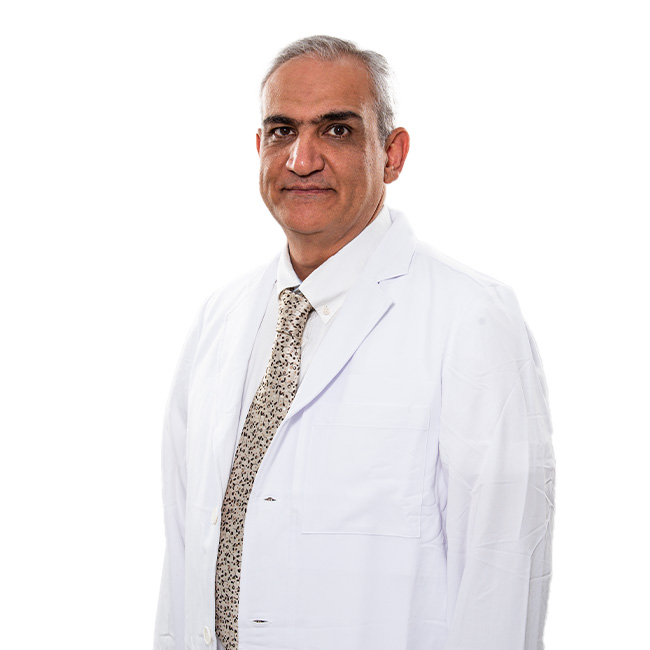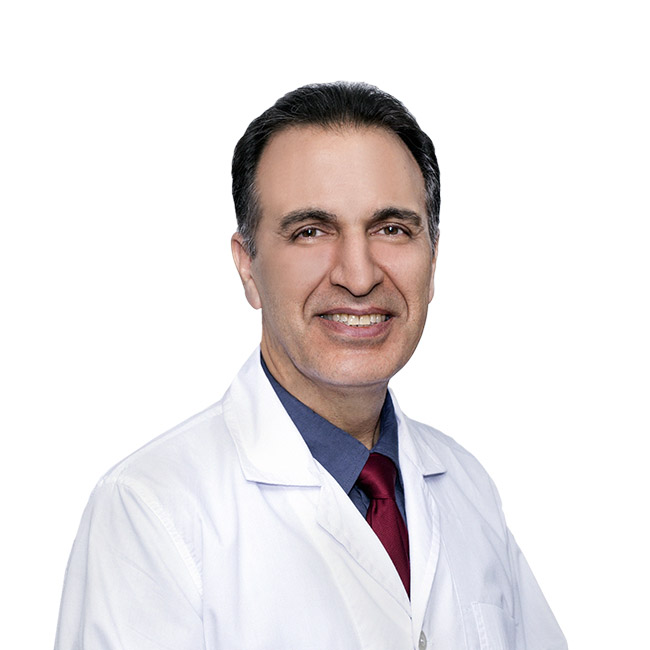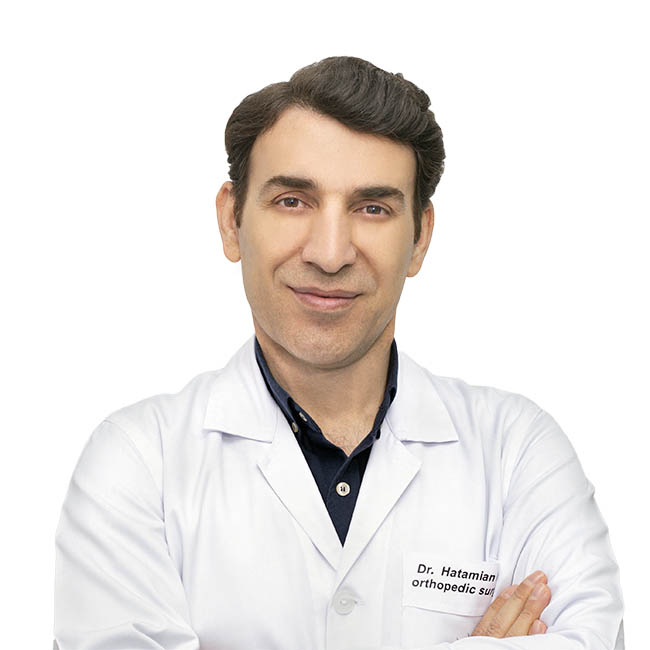Canthoplasty
Canthoplasty, derived from the Greek words "kantos" (corner of the eye) and "plastic" (shaping), is a sophisticated cosmetic surgical procedure aimed at altering the outer corner of the eye. This reconstructive surgery is skillfully performed to address issues such as drooping of the outer corner of the eye, achieving an enlarged and almond-shaped eye appearance. It is crucial that only surgeons with significant expertise in eye surgery undertake this delicate procedure. In this article, we will provide you with a comprehensive introduction to the world of canthoplasty.
What Exactly is Canthoplasty?
Canthoplasty, in its cosmetic capacity, involves the reconstruction or reshaping of the lateral canthus, i.e., the outer corner of the eye. If one desires elongated and cat-like eyes, this procedure offers a viable option. Canthoplasty focuses on the lateral canthus, where the lower and upper eyelids meet, and elevates the angle, resulting in an upward slant and the appearance of an almond-shaped eye.
Canthoplasty may be combined with other surgical interventions, such as blepharoplasty, ptosis surgery, eyebrow lift, and mid-face lift, if deemed necessary.
The Purpose Behind Canthoplasty Surgery
Canthoplasty serves both cosmetic and medical objectives. The procedure can impart a cat-eye or almond-shaped appearance to the eyes and diminish the effects of drooping eyelids (ptosis) or age-related eye bags. Moreover, it can effectively address lower eyelid deformities or laxity caused by trauma or previous blepharoplasty.
As individuals age, the skin around the eyes naturally loses elasticity, leading to drooping of the lower eyelid (ectropion) due to laxity of the lower eyelid tendon. This age-related concern is often accompanied by the development of under-eye bags, which may give a tired or sad appearance.
However, the causes of droopy eyelids are not solely limited to the aging process. Other contributing factors include overexposure to sunlight without adequate skin protection, lifestyle choices such as smoking or excessive alcohol consumption, and hereditary conditions. Additionally, trauma to the eyes can lead to these problems.
Furthermore, some patients may require canthoplasty to correct complications resulting from previous eye surgeries.
Essential Preparatory Measures for Canthoplasty Surgery
Before undergoing canthoplasty, patients must first consult with their surgeon and communicate realistic expectations for the procedure. During the initial consultation, the surgeon will meticulously examine the shape and functionality of the eyes and engage in in-depth discussions regarding the desired outcomes. Once both patient and surgeon agree that canthoplasty is the suitable course of action, the surgeon will design the desired eye shape based on the eyes' natural symmetry, proportion, and shape.
In addition to the initial consultations, patients are advised to take specific preparatory measures, including:
- Informing the surgeon of any medications being taken.
- Disclosing any existing medical conditions.
- Avoiding smoking and alcohol consumption for two weeks before the surgery.
- Abstaining from blood-thinning foods and medications one to two weeks before the operation.
Understanding the Canthoplasty Procedure
The canthoplasty surgery typically lasts between one to two hours, and it is performed under local or general anesthesia, allowing patients to return home on the same day.
During the operation, an incision is usually made along the natural crease of the outer corner of the eyelid, minimizing the visibility of any resulting scar. The surgeon then stretches the tendon to elevate the point where the upper and lower eyelids meet and secures it in place using stitches.
Post-Operative Advancements
Like any surgery, there is a specific recovery period after canthoplasty, during which patients must adhere to prescribed measures to accelerate recovery and achieve the best results. Common post-operative symptoms include pain, bruising, and swelling, which typically subside after 7 to 10 days. Patients are advised to keep their heads elevated and relax during the initial stages of recovery. Activities such as exercising, rubbing the eye area, or applying makeup should be avoided for one week.
Some patients may experience temporary changes in their vision, while others are encouraged to minimize eye strain by avoiding excessive phone use, reading, or watching TV. The use of dark sunglasses is essential for the first two to three weeks post-surgery to protect against sun and wind irritations.
Resting the eyes frequently during the first weeks is also recommended to prevent tiredness. Activities that increase blood flow to the eyes, such as lifting heavy weights or bending over, should be avoided for the first month.
Full Recovery Period
The complete recovery time for canthoplasty surgery typically ranges from 2 to 4 weeks. The surgeon will remove stitches within two days to a week following the surgery. During the initial week, it is essential to provide ample rest to the eyes. Swelling and redness will gradually diminish, often requiring no specific treatment. To expedite recovery, patients should avoid applying pressure that may increase blood flow to the eye.
Most patients can resume work after approximately one week of recovery. However, in some cases, the recovery process may be lengthier, especially when incorporating other surgical procedures alongside canthoplasty. As with any medical intervention, following the surgeon's post-operative instructions diligently is critical for optimal results




